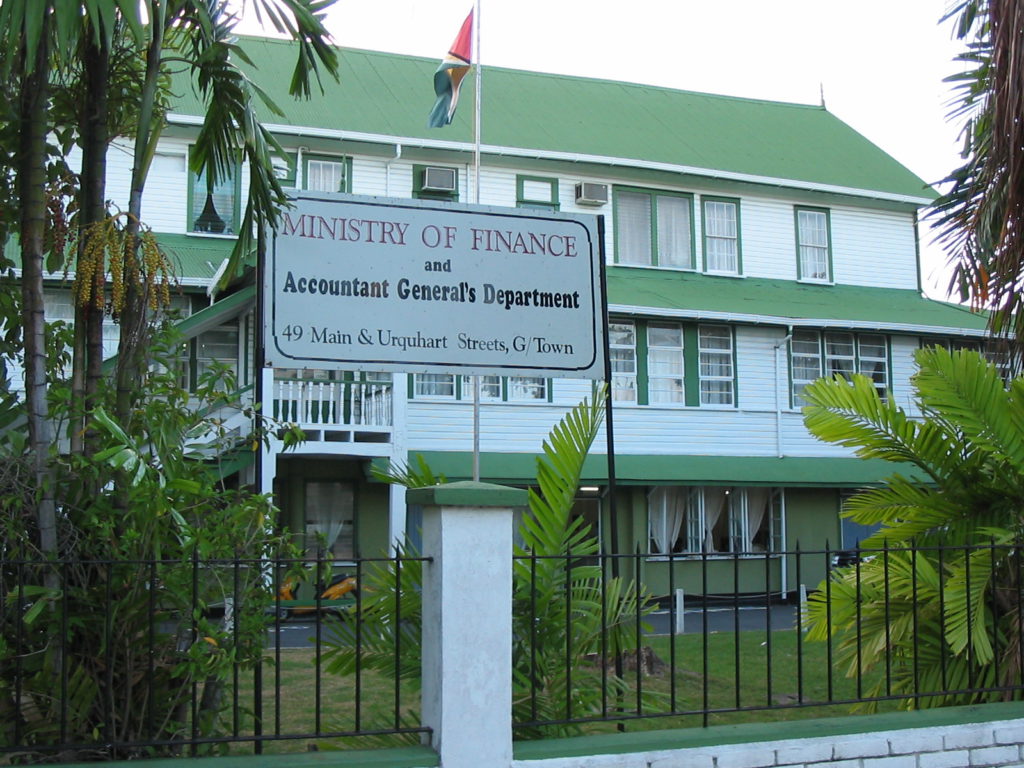Today’s governments face numerous challenges when it comes to managing their finances effectively and transparently. For example, governments may struggle with:
- Inadequate levels of transparency and accountability within public financial management (PFM)
- Managing complex financial data on a large scale
- Cultural resistance to modernizing from traditional, paper-based financial management processes
- Constrained resources and tight budgets
- Limited technical expertise and capacity.
To address these issues, governments are turning to Government Resource Planning (GRP) systems. The benefits of implementing a GRP system are wide-ranging and impact government officials, finance professionals, and citizens. But as with any change program, all eyes will be on the team in charge to make sure that the project meets deadlines and budgets, and the new tool delivers.
Read on for good practice* guidance on implementing a GRP easily and successfully. These steps can help to maximize the effectiveness of a change to a new GRP system.
(*Wondering why we’ve specifically used “good practice”, not “best practice”? Find out in The Problem with PFM Reform Best Practices)
1. Pre-implementation Planning and Stakeholder Engagement
Engage key stakeholders early in the GRP system implementation process. This ensures alignment with organizational goals across the business, and helps departments affected by the implementation program to prioritize.
Early engagement also helps to secure buy-in from stakeholders around the organization. The tone set with stakeholders in the early stages of the project will impact their willingness to input ideas and information, feedback questions or concerns, and act as ambassadors for the new system as it moves into business-as-usual use.
This is also the time to be drawing up project plans. Develop a comprehensive GRP implementation plan, including timelines, resource allocation, and communication strategies, and share this with relevant stakeholders to ensure that any issues or barriers to success are identified and addressed.
2. Data Migration and System Integration Strategies
To be effective, GRP systems need to be able to refer to data from previous years (and thus previous systems). Prioritize developing data migration strategies to ensure a seamless transition from legacy systems to the new GRP system.
GRP systems also become most useful to an organization when they consolidate information across a range of departments and systems to provide a truly comprehensive view. Therefore it is critical to establish effective system integration protocols to enable data flow across various sources.
Planning at this point reduces the chance of any data integration issues when the system becomes operational across the organization.
3. Change Management Initiatives
It is easy to focus on the technical requirements of a technical implementation project. However programs like this succeed or fail based on changing the culture, not just the technology.
A key practice for implementing a GRP system successfully is incorporating effective change management strategies. Beyond just the technical aspects, it’s important to manage how people adapt to the new system. By using these strategies, you can handle resistance to change and encourage everyone to embrace the new system. Open and clear communication is a big part of this, helping to create a positive atmosphere where people are excited about the change. This approach ensures a smooth transition to the GRP system and helps shape a more positive organizational culture.
To ensure the most successful outcomes for your implementation, build in change management strategies throughout. These should address resistance to change and promote user adoption. Ongoing communication is key, and should be aligned to the stakeholder engagement plan developed in earlier stages of the project.
4. Support and Training Programs
Beyond just introducing the new system, it’s crucial to equip government officials with the necessary skills to use it effectively. Developing comprehensive training programs, including onboarding and user training, ensures that everyone is well-prepared, and building capacity within the government allows sustainable use of the system once the implementation is complete.
Ongoing technical assistance further guarantees that the GRP system is optimally utilized, overcoming any potential expertise gaps among the teams responsible for its day-to-day operations.
These initiatives play a pivotal role in ensuring a seamless transition to the new system and maximizing its benefits across the organization.
5. Ongoing Monitoring and Evaluation for Continuous Improvement
Once the core implementation timeline is complete, it might be tempting to congratulate all the stakeholders and move onto the next big change project. However, to ensure the best value from the GRP implementation, and that the promised benefits are being realised, it’s important to continuously monitor and evaluate the GRP system’s performance to identify areas for improvement.
You can do this by regularly assessing user feedback, conducting audits, and refining processes to enhance efficiency and maximize the system’s benefits. Including project evaluation milestones in your early planning stages can help reinforce this as a practice.
Case Study: Supporting Economic Reform in Guyana with the FreeBalance Accountability SuiteTM
In 2004, FreeBalance successfully introduced a comprehensive integrated financial management and accounting system (IFMAS) in all Government of Guyana agencies. The FreeBalance Accountability SuiteTM supported the country’s economic reform program and helped to modernize Guyana’s public finance management system.

Effective planning and implementation processes were key to the success of this program, as recognized by the Minister of Finance, who said: “Given the challenges and risks associated with such an ambitious project, it is remarkable that we were able to achieve so much so quickly. The IFMAS team was able to effectively manage the project from conception through to execution and remains committed to demonstrating results at each stage of the process.”
To read more about the impact of implementing a GRP system in Guyana, read our Guyana Customer Success Story.
A-i3+qM™: FreeBalance’s Proven, Comprehensive Methodology for Success
These key tips for implementation give an indication of how to streamline and problem-proof a generic government resource planning system implementation. However, every implementation is different, and a generic implementation service is unlikely to meet your GRP needs.
FreeBalance has a proprietary, ISO-9001:2015 certified GRP implementation methodology which delivers software implementation, software customization for customers, and software product development. Known as A-i3+qMTM, it is unique in the market and based on 40 years’ experience in designing Public Financial Management systems. This methodology supports government digital transformation through consistent delivery of quality via an agile and accelerated approach and a specific understanding of public sector system needs and implementation contexts.
This government-specific methodology delivers high quality results and ensures the benefits of implementing a GRP can be fully realized.
Embracing GRP Systems for Transparent and Efficient Public Financial Management
Implementing GRP systems in government is a critical step toward achieving transparency, accountability, and efficiency in public financial management.
With the right implementation strategy, effective change management, and ongoing monitoring, governments can successfully transition to GRP systems, revolutionizing their financial management processes and driving transparency and efficiency in the public sector.
To find out more about FreeBalance’s proven implementation methodology, get in touch with one of our PFM experts.
